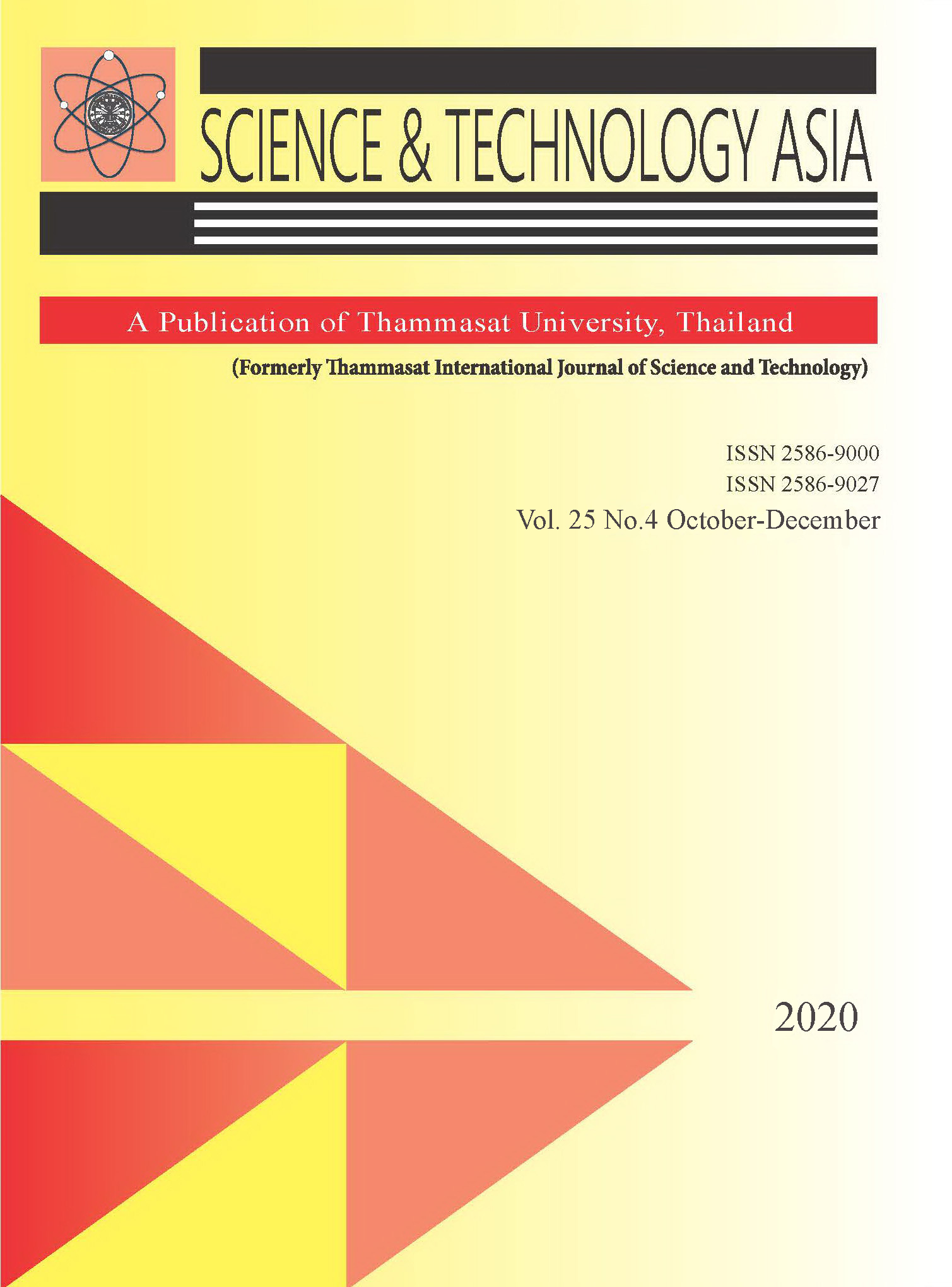Genetic Polymorphism of Dengue Susceptibility Genes among Bhutanese Population
Main Article Content
Abstract
The objective of this study is to investigate the distribution of genetic frequency of dengue susceptibility genes among Bhutanese population. Three hundred and fifty dried blood spot samples were collected from a Bhutanese population residing in a Dengue endemic area. Single nucleotide polymorphisms at TNFα -308G/A, IL10 -592C/A, IL10 -1082A/G, TGFβ1 -509C/T and CD209 -336A/G genes were investigated using PCR-RFLP, whereas, IFNγ +874A/T was genotyped using the ARMS-PCR technique. The genotype frequencies of TNFα -308 were 97.96% and 2.04% for GG and GA genotypes, respectively. The frequencies of CC, CA, and AA genotypes of IL10 -592 were 31.1%, 45.5% & 23.4%, respectively, and AA, GA and GG genotypes of IL10 -1082 were 82.7%, 15% &2.3%, respectively. CC; 12%%, CT; 86.8% and TT; 1.17% were genotype frequencies of TGFβ1 -509. The frequencies of AA, AT, and TT genotypes of IFNγ +874 were 27.9%, 96.3% & 2.87%, respectively. 68.6% were AA genotypes, 30% were AG genotypes, and 1.4% were GG genotypes for SNP at CD209 -336. This first study gives the pattern of frequency distribution of TNFα, IL10, and TGFβ1, IFNγ and DC-SIGN genes among Bhutanese population. The genetic polymorphisms of these genes will provide the possible clinical outcome of Dengue infection in Bhutanese; further studies to evaluate association between severity of dengue infection and dengue susceptible gene will be conducted.


